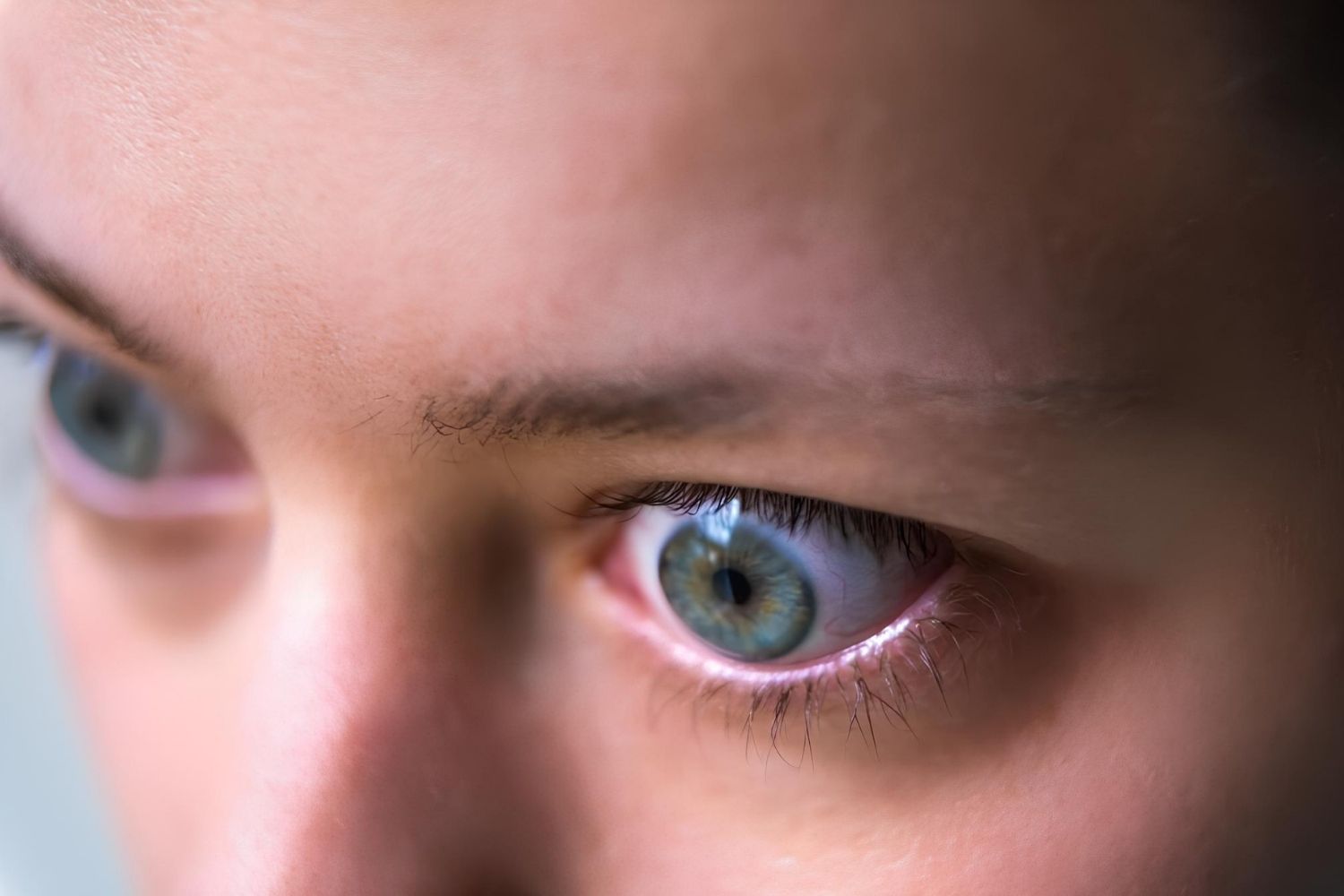
Dalrymple Disease might sound like a term from a medical drama, but it's a real condition affecting many people worldwide. What exactly is Dalrymple Disease? It's a rare disorder characterized by the abnormal widening of the eyelids, often leading to a startled or anxious appearance. This condition can be linked to thyroid issues, particularly Graves' disease. Symptoms include bulging eyes, dryness, irritation, and sometimes double vision. Understanding the causes, symptoms, and treatments can help manage this condition effectively. Let's dive into 25 intriguing facts about Dalrymple Disease to shed light on its complexities and how it impacts daily life.
Key Takeaways:
- Dalrymple Disease, linked to thyroid eye issues, causes wide-eyed appearance and discomfort. Women aged 30-50 are more prone. Treatment includes medication, eye drops, and lifestyle changes for better living.
- Recognizing symptoms like staring appearance and dryness is crucial for early diagnosis. Regular eye check-ups, sunglasses, and humidifiers can improve quality of life for those affected.
What is Dalrymple Disease?
Dalrymple Disease, also known as Dalrymple's sign, is a medical condition often associated with thyroid eye disease. It involves the retraction of the upper eyelid, which can make the eyes appear unusually wide or "staring." This condition can be both a cosmetic concern and a sign of underlying health issues.
- Dalrymple Disease is named after British ophthalmologist John Dalrymple, who first described the condition in the 19th century.
- It is commonly linked to Graves' disease, an autoimmune disorder that affects the thyroid gland.
- The condition is characterized by the retraction of the upper eyelid, exposing more of the white part of the eye (sclera).
- Dalrymple Disease can cause discomfort, dryness, and irritation in the eyes due to increased exposure.
- The condition is more prevalent in women than men, particularly those aged 30 to 50.
Symptoms and Diagnosis
Recognizing the symptoms of Dalrymple Disease is crucial for early diagnosis and treatment. Here are some key indicators and diagnostic methods.
- Symptoms include a staring appearance, dryness, irritation, and a gritty feeling in the eyes.
- Patients may also experience double vision and difficulty closing their eyes completely.
- Diagnosis often involves a thorough eye examination and a review of the patient's medical history.
- Blood tests may be conducted to check for thyroid function and autoimmune markers.
- Imaging studies like CT scans or MRIs can help assess the extent of eye involvement.
Causes and Risk Factors
Understanding the causes and risk factors can help in managing and preventing Dalrymple Disease.
- The primary cause is an overactive thyroid gland, often due to Graves' disease.
- Genetic factors play a significant role, as the condition can run in families.
- Smoking is a known risk factor that can exacerbate the symptoms.
- Stress and other autoimmune disorders can also contribute to the development of Dalrymple Disease.
- Women are more likely to develop the condition, especially during middle age.
Treatment Options
Various treatment options are available to manage the symptoms and underlying causes of Dalrymple Disease.
- Artificial tears and lubricating eye drops can help alleviate dryness and irritation.
- Medications to regulate thyroid function are often prescribed to address the root cause.
- Steroid eye drops or oral steroids may be used to reduce inflammation.
- In severe cases, surgical options like eyelid surgery or orbital decompression may be considered.
- Lifestyle changes, such as quitting smoking and managing stress, can also be beneficial.
Living with Dalrymple Disease
Living with Dalrymple Disease can be challenging, but there are ways to improve quality of life.
- Regular eye check-ups are essential to monitor the condition and adjust treatment as needed.
- Wearing sunglasses can help protect the eyes from wind, dust, and bright light.
- Using a humidifier at home can reduce dryness and irritation.
- Patients should avoid rubbing their eyes, as this can worsen symptoms.
- Support groups and counseling can provide emotional support and coping strategies.
Dalrymple Disease may present various challenges, but understanding the condition and exploring treatment options can significantly improve the quality of life for those affected.
Final Thoughts on Dalrymple Disease
Dalrymple Disease, a rare condition, affects the eyes, causing them to appear more open than usual. This can lead to discomfort and vision issues. Understanding the symptoms and seeking early treatment can make a big difference. While the disease is uncommon, awareness is key. Knowing the facts helps in recognizing the signs and getting the right help. Treatments range from medications to surgery, depending on the severity. Staying informed and consulting with healthcare professionals ensures the best care. Remember, early detection and treatment can improve quality of life. Keep an eye out for any unusual changes and don't hesitate to seek medical advice. Knowledge is power when dealing with rare conditions like Dalrymple Disease. Stay proactive and take charge of your health.
Frequently Asked Questions
Was this page helpful?
Our commitment to delivering trustworthy and engaging content is at the heart of what we do. Each fact on our site is contributed by real users like you, bringing a wealth of diverse insights and information. To ensure the highest standards of accuracy and reliability, our dedicated editors meticulously review each submission. This process guarantees that the facts we share are not only fascinating but also credible. Trust in our commitment to quality and authenticity as you explore and learn with us.
